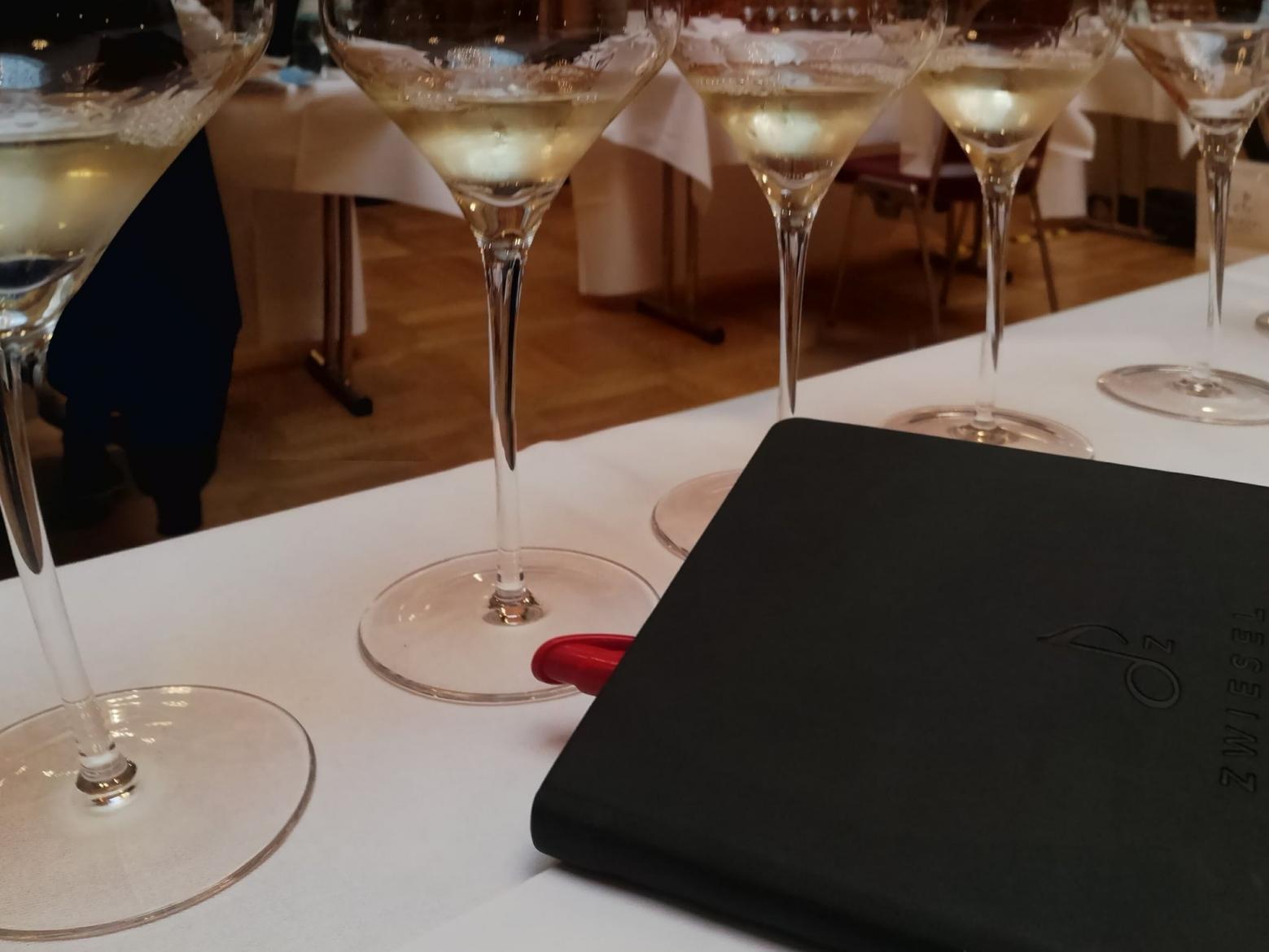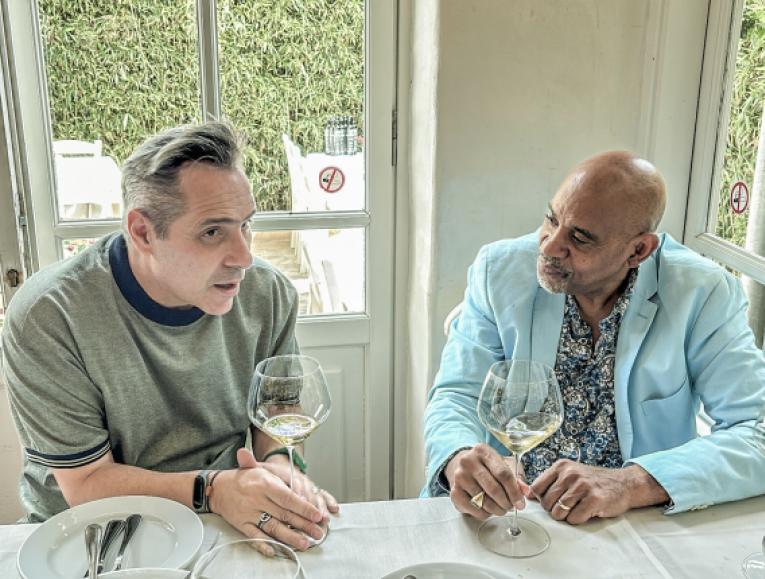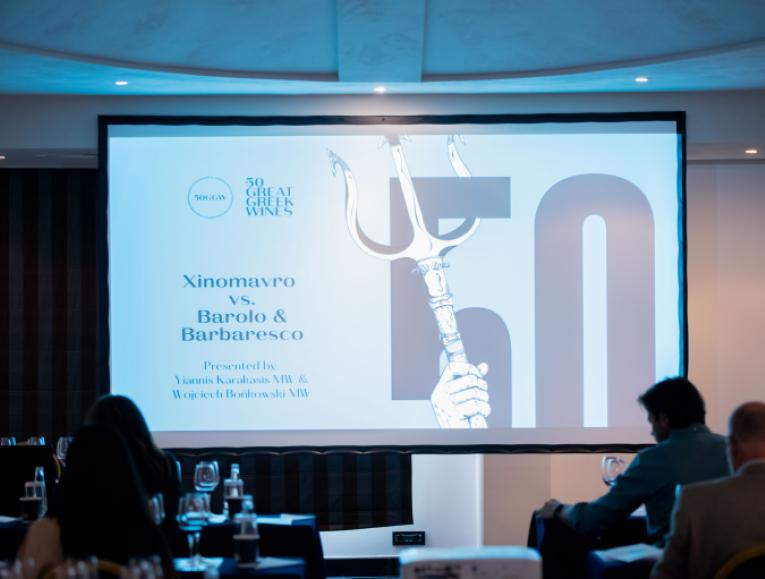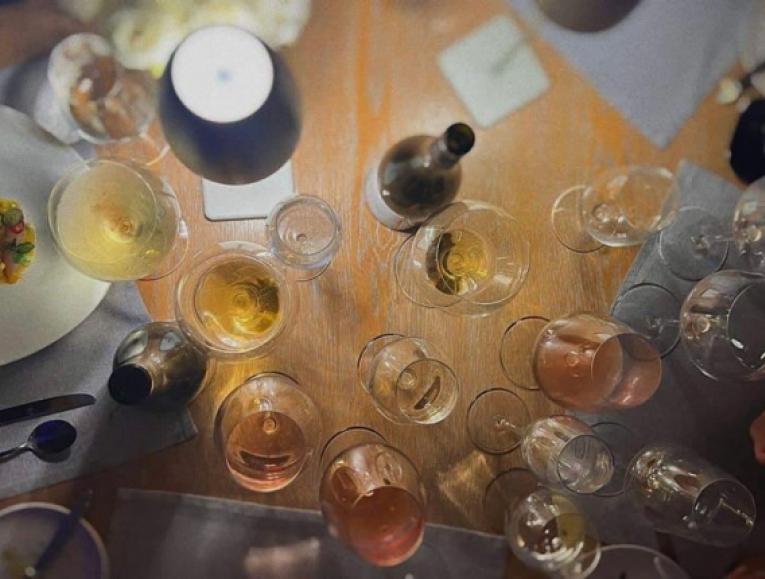The austerity of German wines – thoughts from the VDP GG tasting of 2021
By Evmorfia Kostaki
On the last days of August, I was asked to take part in one of the most significant events about German wines; The VDP GG tasting in Wiesbaden. Wine judges, distributors, authors, and communicators gather to taste the newest releases of dry wines from the VDP wineries for three days. I am none of these things, but I was invited as this year’s VDP Godchild, made possible by getting the best grade from my class at the Weinakademie in the D3 Theory exam of the WSET Diploma.
In the VDP GG tasting, all the Grosses Gewächs (GG) wines are tasted, meaning wines coming from a Grosse Lage vineyard, the top tier of the VDP vineyard classification. These are all fantastic wines from some of the best German producers. Additionally, for a wine to be classified as a GG, it must be dry, as all levels of sweet wines made from these vineyards can only be labelled as Grosse Lage.
The organisation was superb for such a big event, and everything was running as smoothly as possible. Every taster has its own seat, and the wines are grouped into flights based on the region and the vineyard location. To taste a flight, all you have to do is give a server a paper with the seat number and the flight number and the wines are poured in the glasses a couple of minutes later. This allows the tasters to be concentrated and stay alert throughout the event, while there is no time wasted for moving between stands, like in many classic events.
This anonymity and focus allowed me to use this tasting as practice for the Master of Wine exam. What better opportunity to find out first-hand the differences between regions than to blind taste everything? So I marked the wines I had tasted already in my list and asked the servers to bring me something I hadn’t tried yet. While tasting, I got better and better at spotting the subtle differences between the regions, so I slowly started paying more attention to the wines themselves.
That’s when, what seemed like a rare phenomenon at first, started to emerge as a pattern. Since I knew neither the producers nor the regions of the wines I was tasting, I just put a star next to my notes for the wines I enjoyed very much and a “NO” next to the very few I disliked. Crazily enough, when I revealed the wines to myself, it appeared that a few producers got almost all of my stars for their various wines. However, the same thing happened for the wines with the “NO” s.
The wines I didn’t enjoy were not showing any of the classical faults of various microbial taints, oxidation or lack of balance and complexity. Instead, they shared a common denominator – intense reductiveness. This issue appeared in some reds but was much more evident in whites. Reductiveness occurs due to hydrogen sulfide, dimethyl disulfide and mercaptans, which are created both during fermentation and maturation but become evident under certain conditions. They have a low aromatic threshold and smell like rotten eggs, cabbage and onions. Not very pleasant if you ask me.
Thankfully, mercaptans (the primary molecules that remain over time in the bottle) can react with the atmosphere’s oxygen and create disulfides, which have a higher aromatic threshold. This means that a bit of swirling in most wines will get rid of any initial off aromas and let the wine bouquet shine. But, unfortunately, the off smell never went away for the wines I’m talking about, even after vigorous swirling and sometimes 10 and 15 minutes of patiently waiting in the glass.
Lean, precise and sometimes backward are the first things that come to our minds when thinking of German wines. For me, the obsession with achieving such wines results in not enjoyable wines due to reductiveness. In my eyes, as a winemaker, making an excellent wine consists of protecting from faults and preventing them.
Could it be that some winemakers are obsessed with creating pure yet austere wines that sometimes are overly protective and add generous amounts of sulphur dioxide, creating this reductive effect?
During the breaks, I discussed this observation with a few of my fellow tasters. Surprisingly to me, it seems I am the odd one out. The wines that smelled too reductive for me were the favourite wines of most of the others. As always, wine tasting is entirely subjective. However, I can’t stop thinking that just as oxidation and microbiological faults are accepted or even sought after in the natural wine community, there are also those who appreciate these reductive notes. I’m voting for the middle ground.
Evmorfia is 26 years old. She grew up and currently lives in Samos. Her passion for wine guided her education. She holds an M.Sc in Enology and Viticulture and the WSET Diploma. She currently studies for the Institute of Masters of Wine.




